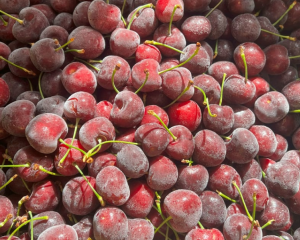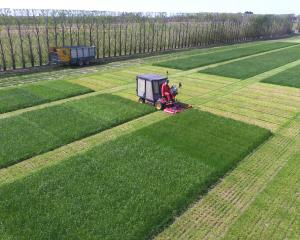
Those attending the recent Wine Industry Financial Symposium in the Napa Valley heard rising competition at retail level and declining traffic at tasting rooms was seeing US wineries focus on developing deeper, ''stickier'' relationships with consumers, Rabobank's latest Wine Quarterly report said.
A growing number of software packages and services were becoming available to help wineries identify and target their ideal consumers, while improving basic customer communications was also being employed.
Last year's wildfires in California had seen tasting-room traffic decline, and the rising number of wineries was also intensifying competition for the visitors who arrived.
Wine Institute figures showed there were 3540 bonded wineries in California in 2011, and that number had risen by 31% to 4653 by 2016.
In the first six months of 2018, New Zealand wine exports to the US rose by 6% in volume and 13% in value in comparison to the same period in 2017. The rise was primarily driven by higher sales of bottled wines, up by 11% volume, while imports of bulk wine were stable in volume terms.
That growth solidified the US market's status as the most significant market for New Zealand wine producers, Mr Higgins said.
The European harvest was virtually finished, and generally, volumes were back in line with historic levels in France, Spain and Italy. However after a smaller European harvest in 2017, export volumes from the major European producers were likely to remain constrained, at least until the first wines of the 2018 harvest reached the market, he said.













